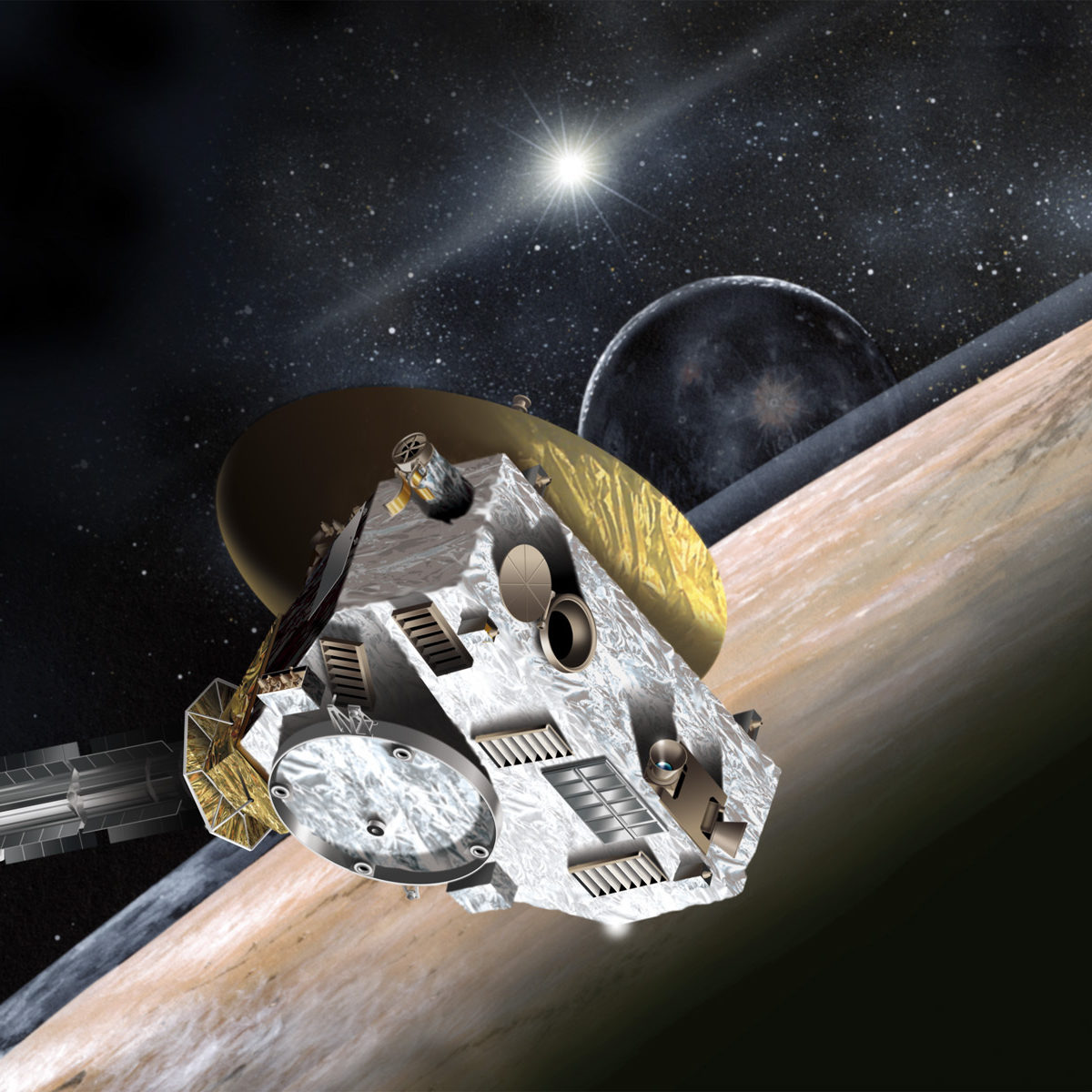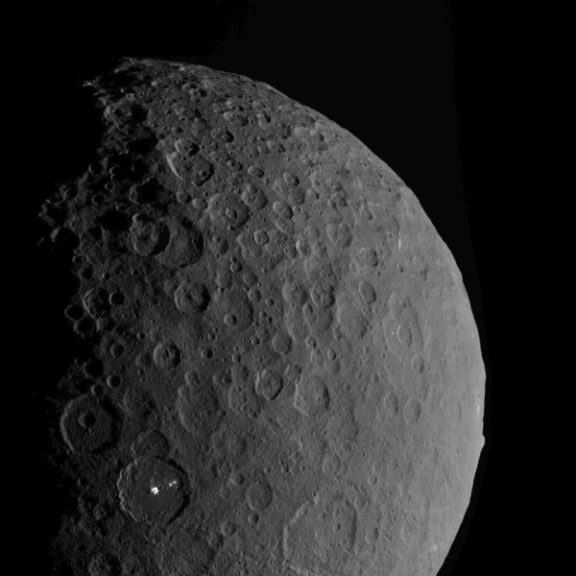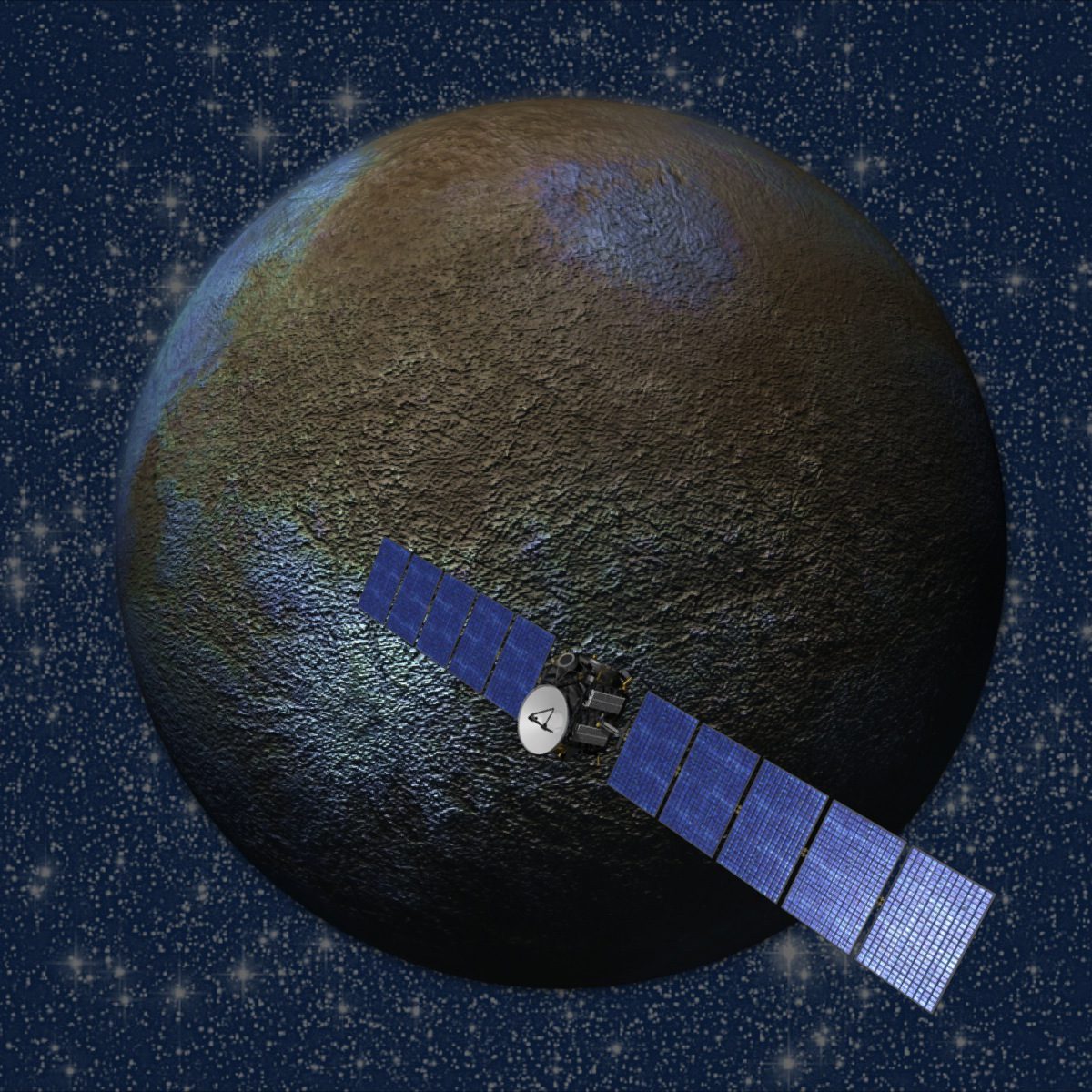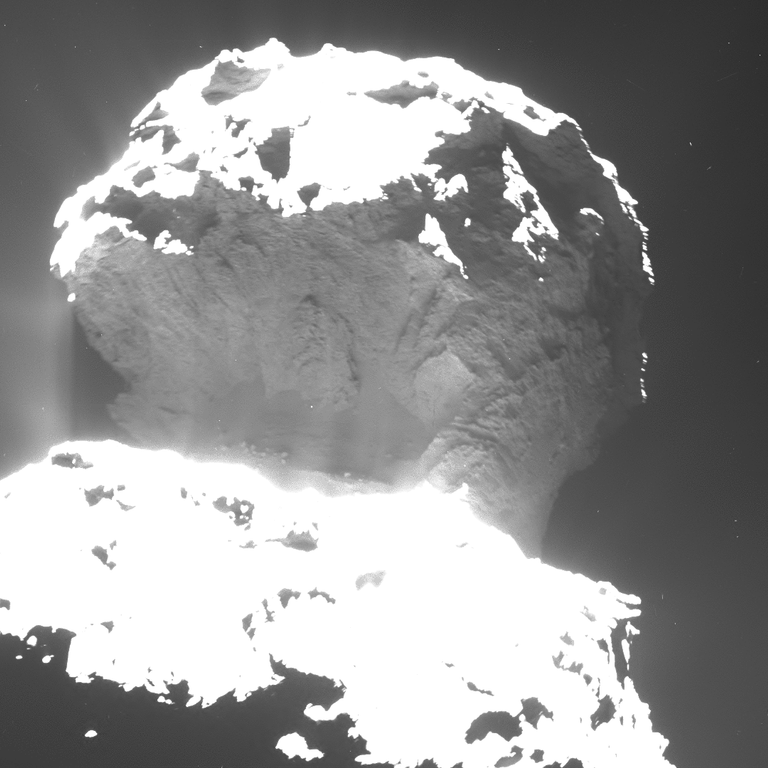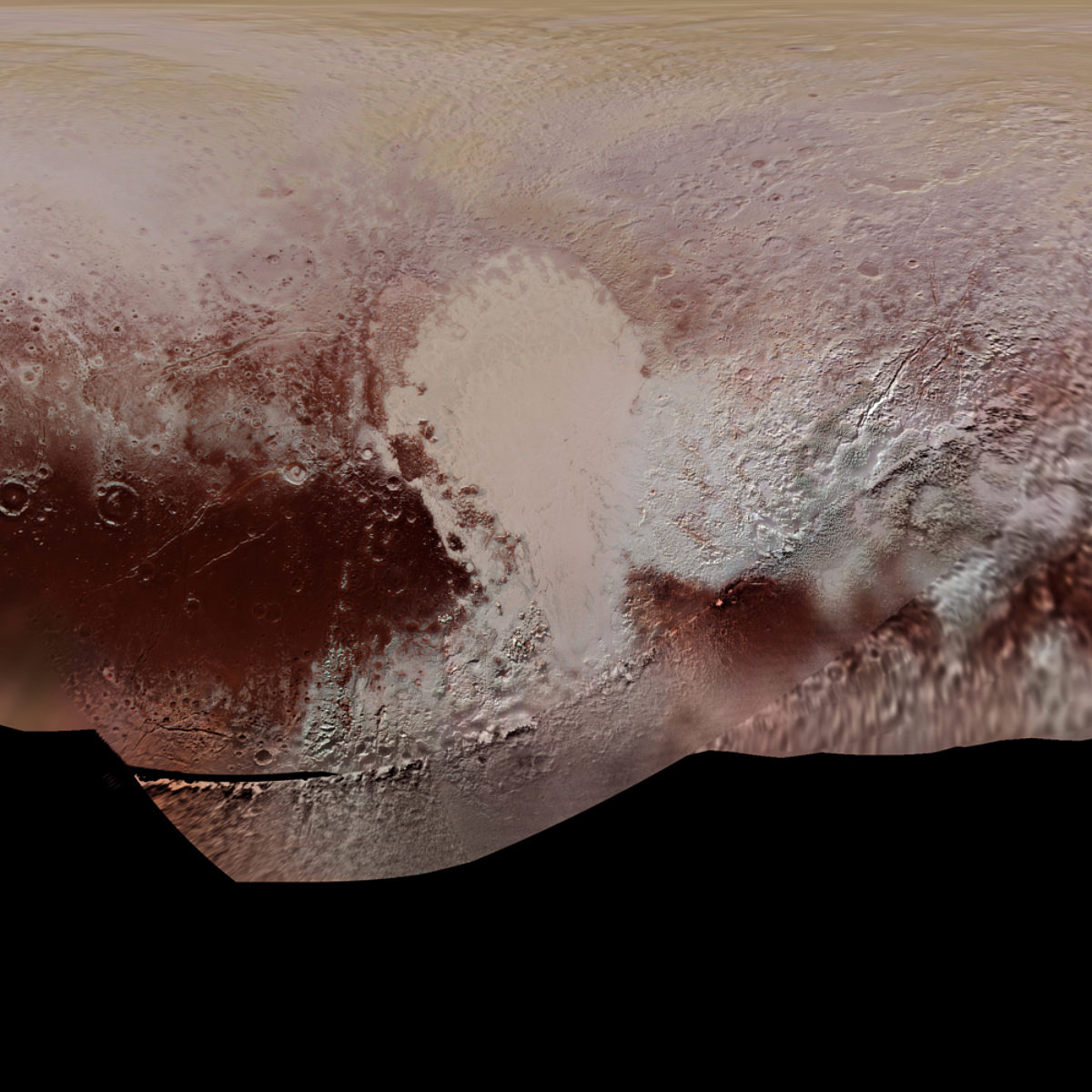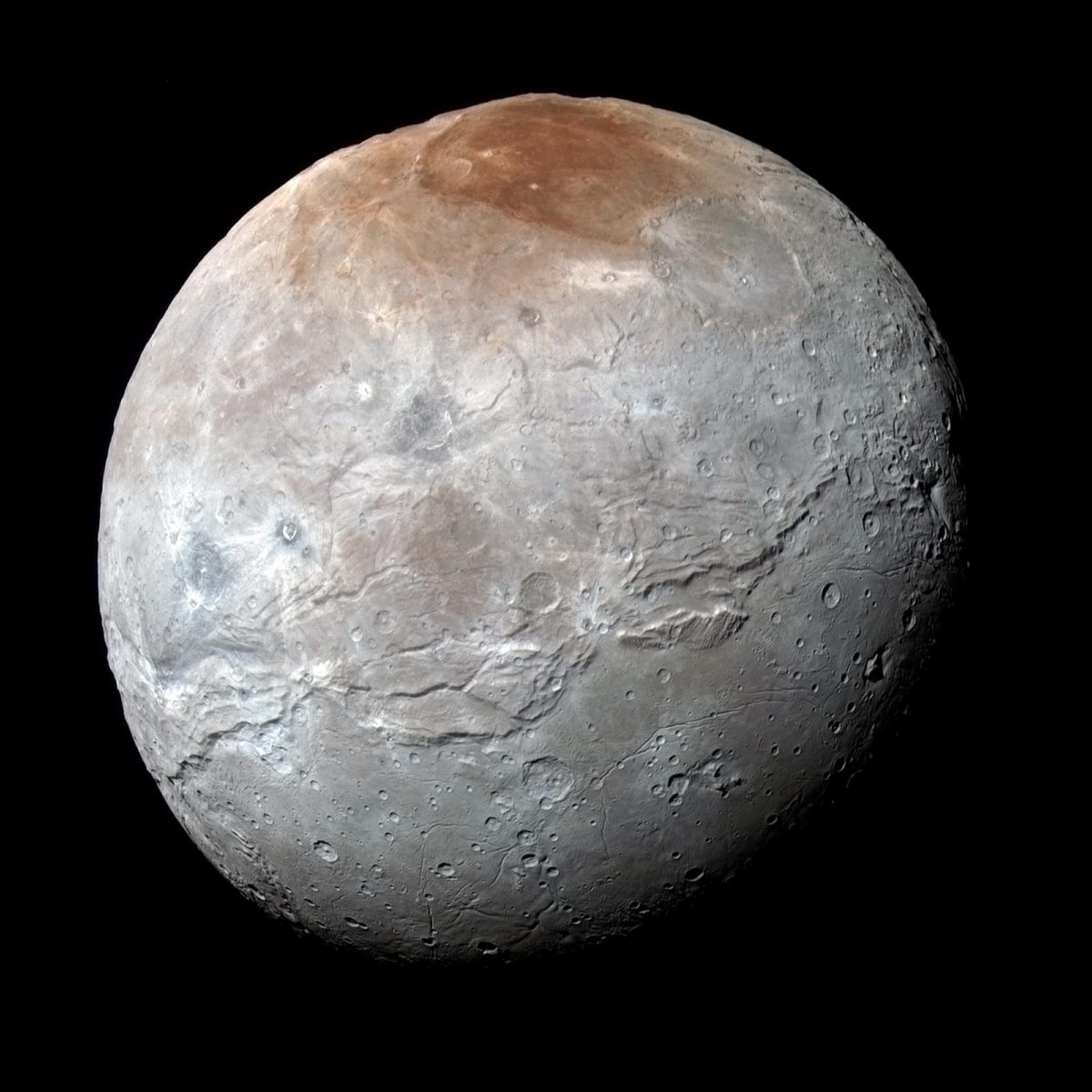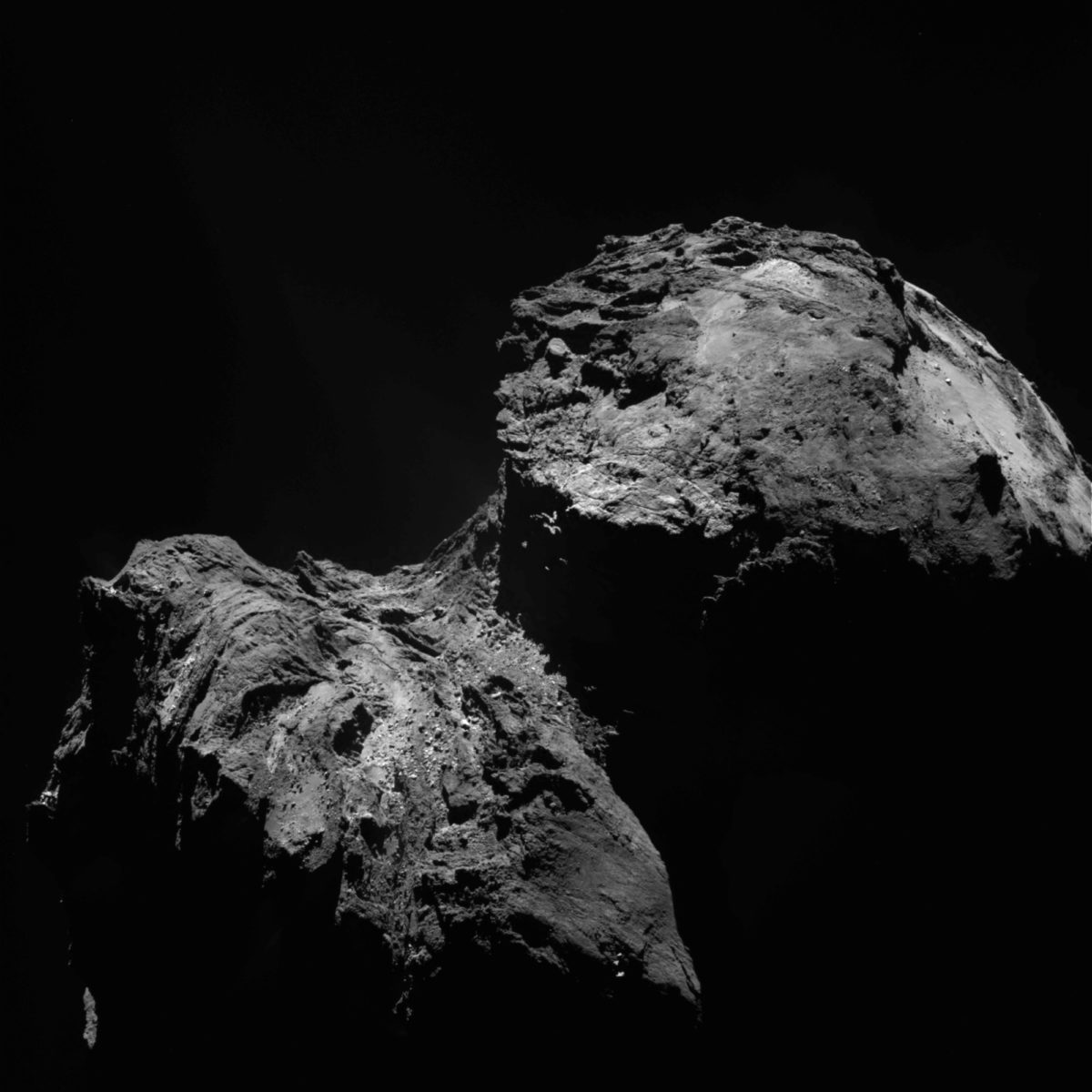All
All
Stories, updates, insights, and original analysis from The Planetary Society.
In total eclipse of a star, New Horizons' future flyby target makes its presence known
The team reported two weeks ago that the first attempts at observing 2014 MU69 were unsuccessful. But in their third try, on July 17, astronomers in Argentina saw the telltale sign of MU69's presence: a stellar wink.
Dawn Journal: Still More Science
Orbiting the only dwarf planet inside the orbit of Neptune, Dawn is healthy and continuing to carry out its assignments at Ceres, which includes keeping an eye on cosmic rays.
When New Horizons' next target passed in front of a star, this scientist was watching from Argentina
A team of scientists recently traveled to rural Argentina in the hopes of catching New Horizons' next target—Kuiper Belt object MU 69—crossing in front of a distant star.
Dawn Journal: Adaptations
On the other side of the solar system, invisible by virtue both of the blinding glare of the sun and by the vastness of the distance, Dawn is continuing its remarkable cosmic adventure.
Dawn Journal: On Course for Opposition
The Dawn spacecraft is about to swing into a new orbital path to observe the enigmatic
Dawn Journal: Bonus Plans
Now in its third year of orbiting a distant dwarf planet, a spacecraft from Earth is as active as ever. Like a master artist, Dawn is working hard to add fine details to its stunning portrait of Ceres.
Dawn Journal: Intricate Maneuvers
The Dawn mission is executing an ambitious bonus goal recently devised for its extended mission. Mission Manager and Chief Engineer Marc Rayman brings us his monthly update.
Citizen scientist spots changes on Rosetta's comet
Citizen scientist and self-described
Dawn Journal: A New Perspective on Ceres
Dawn has moved into its sixth orbital phase, with a new sun angle that provides an opportunity to gain a new perspective on the asteroid Ceres.
Lucy and Psyche Asteroid Missions
Last week, NASA selected its thirteenth and fourteenth missions in its low cost Discovery program.
Dawn Journal: Looking Back, Looking Forward
Dawn is concluding a remarkable year of exploring dwarf planet Ceres. Chief Engineer and Mission Manager Marc Rayman brings us his latest update.
Planetary discovery over the past quarter century
2016 marks the 25th anniversary of the creation of what has become one of the primary venues for the publication of research in planetary science: the Journal of Geophysical Research: Planets. This occasion is a good opportunity to look back at what we have learned in this era of expanded exploration and to try to take a peek at the future.
Dawn Journal: Maneuvering for Science
Dawn is completing another elegant spiral around dwarf planet Ceres, maneuvering to its sixth science orbit. Chief Engineer and Mission Manager Marc Rayman brings us his latest update.
Rosetta in the Rearview: What Have We Learned?
Just over a month ago the European Space Agency’s Rosetta spacecraft finished its mission by spectacularly diving into the comet 67P/Churyumov-Gerasimenko. How did it observations influence and alter our ideas about the typical formation and lifetime of a comet?
Dawn Journal: 5th Mapping Orbit
Dawn just completed another successful observation campaign at Ceres from its latest mapping orbit. Mission Director and Chief Engineer Marc Rayman brings us his monthly update.
DPS/EPSC update on New Horizons at the Pluto system and beyond
Last week's Division for Planetary Sciences/European Planetary Science Congress meeting was chock-full of science from New Horizons at Pluto.
DPS/EPSC update: 2007 OR10 has a moon!
The third-largest object known beyond Neptune, 2007 OR10, has a moon. The discovery was reported in a poster by Gábor Marton, Csaba Kiss, and Thomas Mueller at the joint meeting of the European Planetary Science Congress and the Division for Planetary Sciences of the American Astronomical Society (DPS/EPSC) on Monday.
Rapidly Rotating Regular Satellites and Tides
Pluto’s small moons have unusual rotation rates and states. Now we know a moon of another dwarf planet does as well. Is there a connection?
Rosetta is gone
Today there is one less spacecraft returning science data from beyond Earth. The European Space Operations Centre received the final transmission from Rosetta at 11:19 September 30, UT.
Rosetta spacecraft may be dying, but Rosetta science will go on
The Rosetta mission will end tomorrow when the spacecraft impacts the comet. ESA took advantage of the presence of hundreds of members of the media to put on a showcase of Rosetta science. If there’s one thing I learned today from all the science presentations, it’s this: Rosetta data will be informing scientific work for decades to come.


 Explore Worlds
Explore Worlds Find Life
Find Life Defend Earth
Defend Earth


 Sun
Sun Mercury
Mercury Venus
Venus Earth
Earth Mars
Mars Jupiter
Jupiter Saturn
Saturn Uranus
Uranus Neptune
Neptune Small Bodies
Small Bodies

